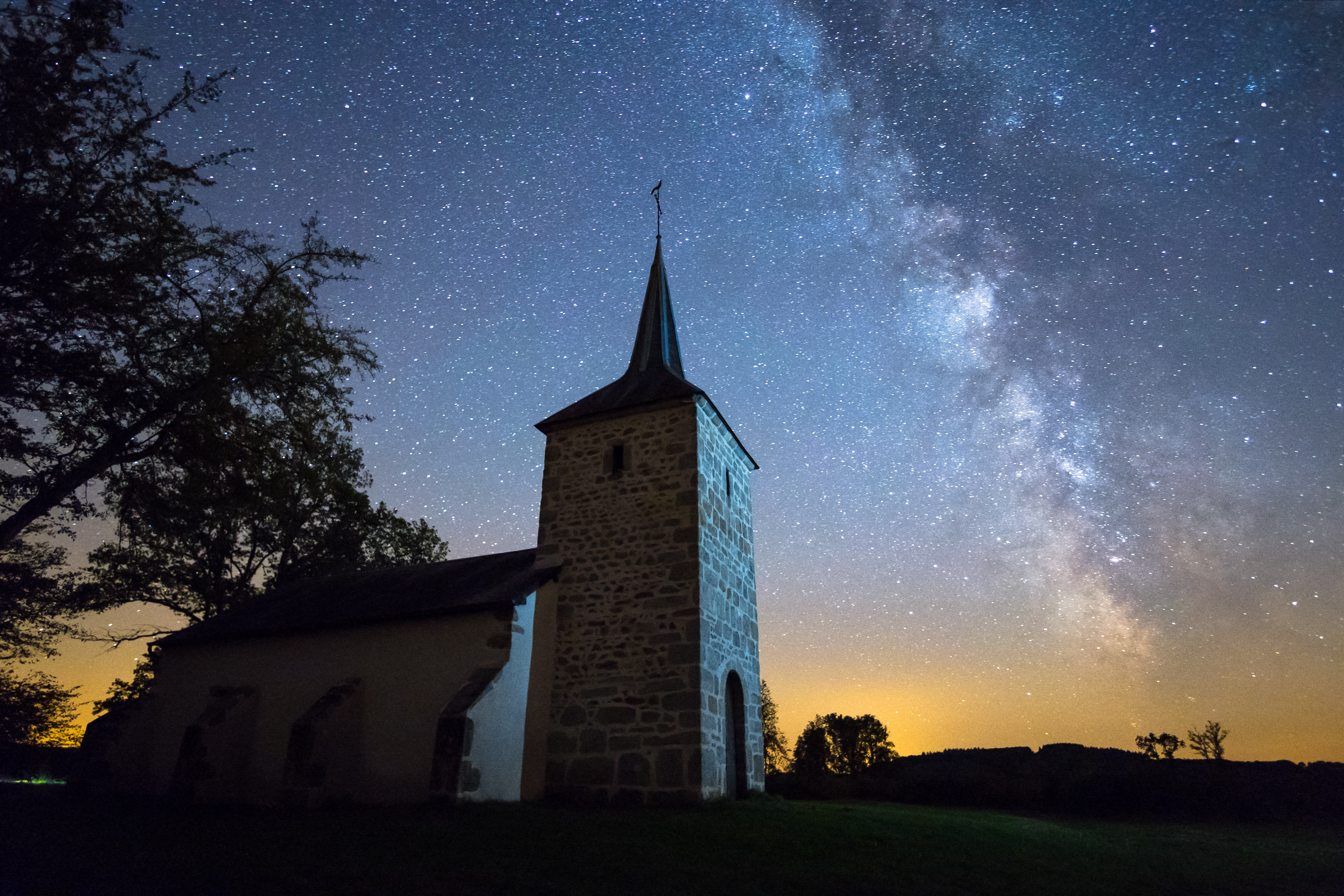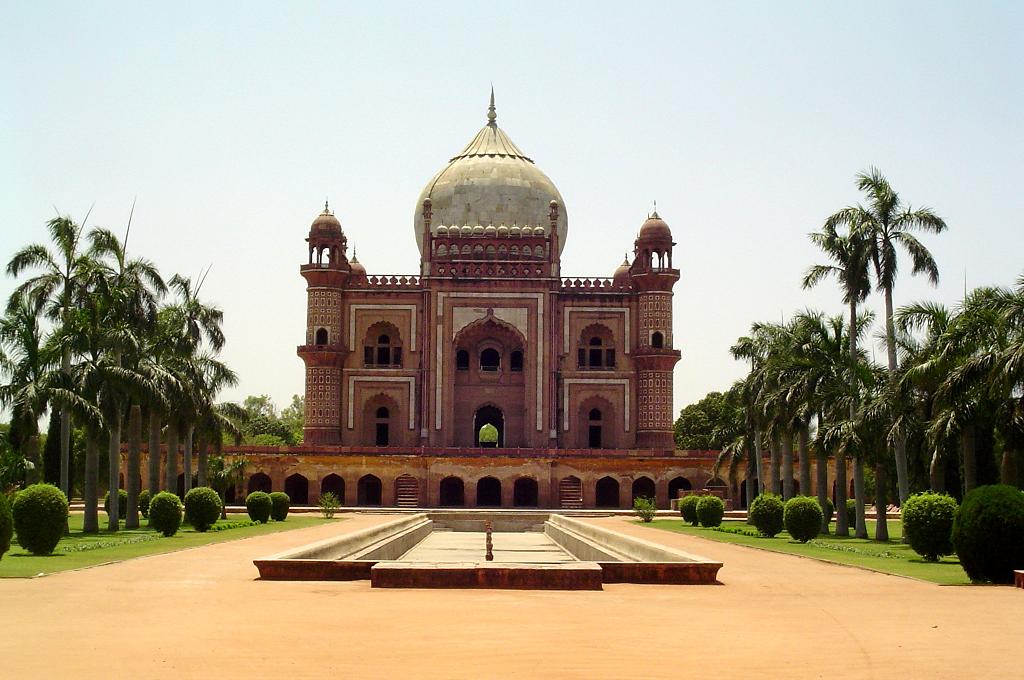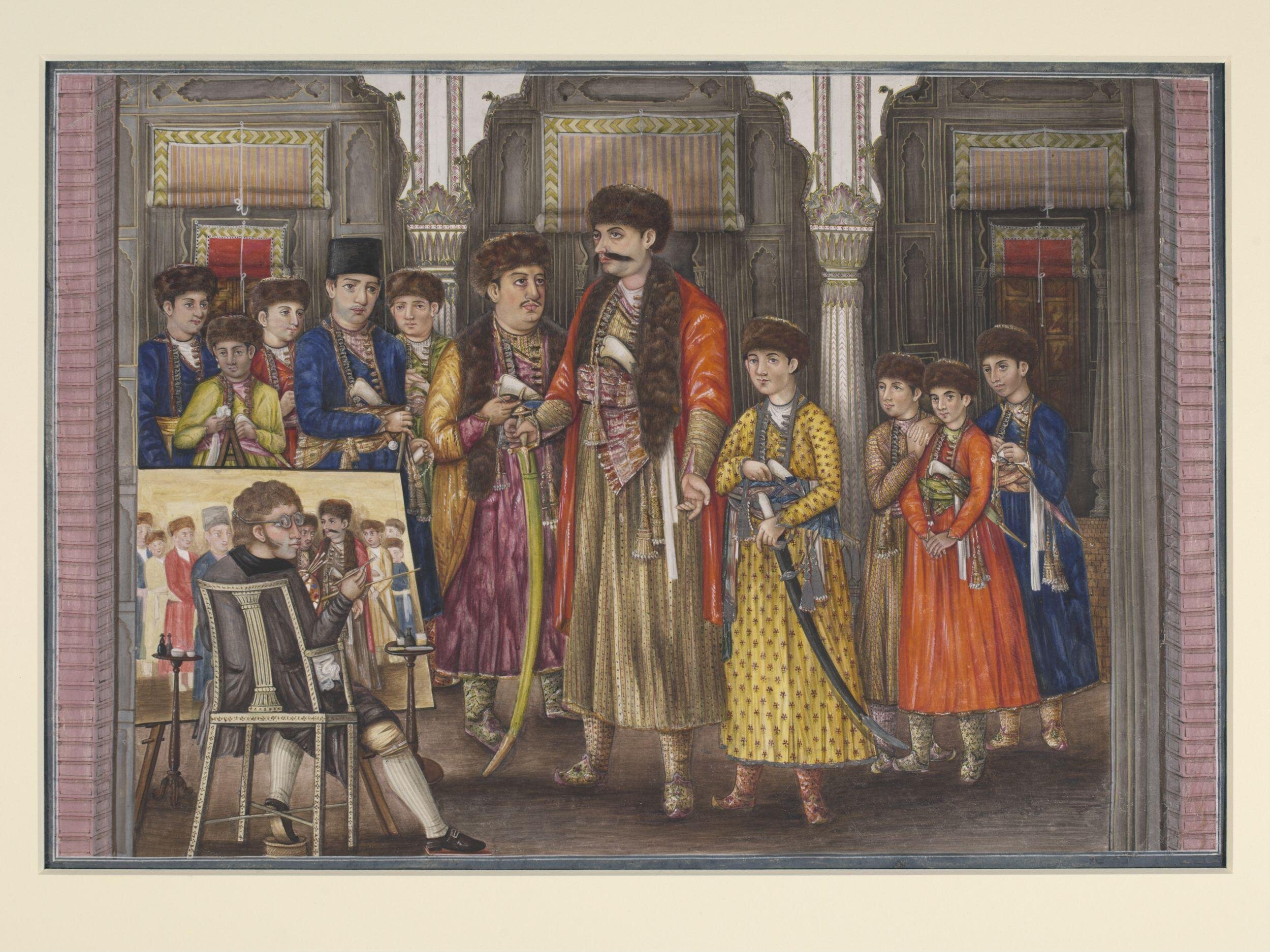|
Tomb Of Safdar Jang
Safdarjung's tomb is a sandstone and marble mausoleum in Delhi, India. It was built in 1754 in the late Mughal Empire style for Nawab Safdarjung. The monument has an ambience of spaciousness and an imposing presence with its domed and arched red, brown and white coloured structures. Safdarjung, Nawab of Awadh, was made prime minister of the Mughal Empire (''Wazir ul-Mamlak-i-Hindustan'') when Ahmed Shah Bahadur ascended the throne in 1748. The tomb, within a garden, is in a late version of the style of earlier Mughal imperial tombs, most famously the Taj Mahal, with inside "eight paradises" (''hasht bihisht'') or eight rooms around the main chamber under the dome, and a garden divided into four parts outside. This was the first time someone outside the immediate imperial Mughal family built themselves such a tomb and garden complex, reflecting the greatly diminished powers of the emperors by this date. Geography The tomb is located near the Safdarjung Airport at the T junctio ... [...More Info...] [...Related Items...] OR: [Wikipedia] [Google] [Baidu] |
Mughal Architecture
Mughal architecture is the style of architecture developed in the Mughal Empire in the 16th, 17th and 18th centuries throughout the ever-changing extent of their empire in the Indian subcontinent. It developed from the architectural styles of earlier Indo-Islamic architecture and from Iranian architecture, Iranian and Architecture of Central Asia, Central Asian architectural traditions, particularly Timurid architecture. It also further incorporated and syncretized influences from wider Architecture of India, Indian architecture, especially during the reign of Akbar (r. 1556–1605). Mughal buildings have a uniform pattern of structure and character, including large bulbous domes, slender minarets at the corners, massive halls, large vaulted gateways, and delicate ornamentation. Examples of the style are found mainly in modern-day India, Pakistan, Bangladesh, and Afghanistan. The Mughal dynasty was established after the victory of Babur at First Battle of Panipat, Panipat in 1526 ... [...More Info...] [...Related Items...] OR: [Wikipedia] [Google] [Baidu] |
Imad-ul-Mulk
Feroze Jung III or Nizam Shahabuddin Muhammad Feroz Khan Siddiqi Bayafandi also known by his sobriquet Imad-ul-Mulk, was the grand vizier of the Mughal Empire. He was the son of Ghazi ud-Din Khan Feroze Jung II and a grandson of the founder of the Asaf Jahi dynasty, Nizam-ul-Mulk, Asaf Jah I. An oriental biographical dictionary: founded on materials collected by the late Thomas William Beale;2nd Edition; Publisher:W.H. Allen, 1894; page 143 After the death of his father in 1752, he was recommended by Nawab Safdar Jung to be appointed as '' Mir Bakhshi'' (Pay Master General) and received the titles of Amir ul-Umara (Noble of Nobles) and Imad ul-Mulk (Pillar of the Nation). A controversial figure, Imad is well known for deposing, imprisoning and blinding Mughal emperor Ahmad Shah Bahadur, assassinating emperor Alamgir II, and torturing their family members including future emperor Shah Alam II. He was declared to be an apostate by various Islamic scholars, including Shah Wal ... [...More Info...] [...Related Items...] OR: [Wikipedia] [Google] [Baidu] |
Rococo
Rococo, less commonly Roccoco ( , ; or ), also known as Late Baroque, is an exceptionally ornamental and dramatic style of architecture, art and decoration which combines asymmetry, scrolling curves, gilding, white and pastel colours, sculpted moulding, and ''trompe-l'œil'' frescoes to create surprise and the illusion of motion and drama. It is often described as the final expression of the Baroque movement. The Rococo style began in France in the 1730s as a reaction against the more formal and geometric Louis XIV style. It was known as the "style Rocaille", or "Rocaille style". It soon spread to other parts of Europe, particularly northern Italy, Austria, southern Germany, Central Europe and Russia. It also came to influence other arts, particularly sculpture, furniture, silverware, glassware, painting, music, theatre, and literature. Although originally a secular style primarily used for interiors of private residences, the Rococo had a spiritual aspect to it which led to ... [...More Info...] [...Related Items...] OR: [Wikipedia] [Google] [Baidu] |
Cenotaph
A cenotaph is an empty grave, tomb or a monument erected in honor of a person or group of people whose remains are elsewhere or have been lost. It can also be the initial tomb for a person who has since been reinterred elsewhere. Although the majority of cenotaphs honor individuals, many noted cenotaphs are also dedicated to the memories of groups of individuals, such as the lost soldiers of a country or of an empire. Etymology "Cenotaph" means "empty tomb" and is derived from the Greek , a compound word that is created from the morphological combination of two root words: # meaning "empty" # meaning "tomb", from History Cenotaphs were common in the ancient world. Many were built in Ancient Egypt, Ancient Greece and across Northern Europe (in the shape of Neolithic barrows). The cenotaph in Whitehall, London, designed in 1919 by Sir Edwin Lutyens, influenced the design of many other war memorials in Britain and in the British sectors of the Western Front, as wel ... [...More Info...] [...Related Items...] OR: [Wikipedia] [Google] [Baidu] |
Arabic
Arabic (, , or , ) is a Central Semitic languages, Central Semitic language of the Afroasiatic languages, Afroasiatic language family spoken primarily in the Arab world. The International Organization for Standardization (ISO) assigns language codes to 32 varieties of Arabic, including its standard form of Literary Arabic, known as Modern Standard Arabic, which is derived from Classical Arabic. This distinction exists primarily among Western linguists; Arabic speakers themselves generally do not distinguish between Modern Standard Arabic and Classical Arabic, but rather refer to both as ( "the eloquent Arabic") or simply ' (). Arabic is the List of languages by the number of countries in which they are recognized as an official language, third most widespread official language after English and French, one of six official languages of the United Nations, and the Sacred language, liturgical language of Islam. Arabic is widely taught in schools and universities around the wo ... [...More Info...] [...Related Items...] OR: [Wikipedia] [Google] [Baidu] |
Humayun Tomb
Humayun's tomb (Persian: ''Maqbara-i Humayun'') is the tomb of Emperor Mirza Nasir al-Din Muhammad commonly known as Humayun situated in Delhi, India. The tomb was commissioned by Humayun's first wife and chief consort, Empress Bega Begum under her patronage in 1558, and designed by Mirak Mirza Ghiyas and his son, Sayyid Muhammad, Persian architects chosen by her. It was the first garden-tomb on the Indian subcontinent,Humayun's Tomb, Delhi , UNESCO. and is located in , Delhi, close to the '' [...More Info...] [...Related Items...] OR: [Wikipedia] [Google] [Baidu] |
Night View Of Safdurjung's Tomb
Night, or nighttime, is the period of darkness when the Sun is below the horizon. Sunlight illuminates one side of the Earth, leaving the other in darkness. The opposite of nighttime is daytime. Earth's rotation causes the appearance of sunrise and sunset. Moonlight, airglow, starlight, and light pollution dimly illuminate night. The duration of day, night, and twilight varies depending on the time of year and the latitude. Night on other celestial bodies is affected by their Rotation period (astronomy), rotation and orbital periods. The planets Mercury (planet), Mercury and Venus have much longer nights than Earth. On Venus, night lasts about 58 Earth days. The Moon's rotation is tidally locked, rotating so that near side of the Moon, one of the sides of the Moon always faces Earth. Nightfall across portions of the near side of the Moon results in lunar phases visible from Earth. Organisms respond to the changes brought by nightfall: darkness, increased humidity, and lower ... [...More Info...] [...Related Items...] OR: [Wikipedia] [Google] [Baidu] |
Safdarjung 24 10
Wazir-ul-Mamalik-e-Hindustan Asaf Jah Jamat-ul-Mulk Shuja-ud-Daula Nawab Abul Mansur Khan Bahadur Safdar Jang Sipah Salar (c. 1708 – 5 October 1754), better known as Safdar Jang, was the second Nawab of Kingdom of Awadh succeeding Saadat Ali Khan I (his maternal uncle and father-in-law) in the year 1739. All future Nawabs of Awadh were patriarchal descendants of Safdar Jang. He was a major political figure at the imperial Mughal court during its declining years. Biography He was a descendant of Qara Yusuf of the Qara Qoyunlu confederation. In 1735, he was given the rank of sipahsalar. In 1739, he succeeded his father-in-law and maternal uncle, Burhan-ul-Mulk Saadat Ali Khan I to the throne of Awadh/Oudh and ruled from 19 March 1739 to 5 October 1754. The Mughal Emperor Muhammad Shah gave him the title of "Safdar Jang". Safdar Jang was an able administrator. He was not only effective in keeping control of Awadh, but also managed to render valuable assistance to the weakened ... [...More Info...] [...Related Items...] OR: [Wikipedia] [Google] [Baidu] |
Tughlaq Dynasty
The Tughlaq dynasty (also known as the Tughluq or Tughluk dynasty; ) was the third dynasty to rule over the Delhi Sultanate in medieval India. Its reign started in 1320 in Delhi when Ghazi Malik assumed the throne under the title of Ghiyath al-Din Tughluq and ended in 1413.Edmund Wright (2006), A Dictionary of World History, 2nd Edition, Oxford University Press, The Indo-Turkic dynasty expanded its territorial reach through a military campaign led by Muhammad bin Tughluq, and reached its zenith between 1330 and 1335. It ruled most of the Indian subcontinent for this brief period.W. Haig (1958), The Cambridge History of India: Turks and Afghans, Volume 3, Cambridge University Press, pp 153-163 Origin The etymology of the word ''Tughlaq'' is not certain. The 16th-century writer Firishta claims that it is an Indian corruption of the Turkic term ''Qutlugh'', but this is doubtful. Literary, numismatic and epigraphic evidence makes it clear that Tughlaq was not an ancestral d ... [...More Info...] [...Related Items...] OR: [Wikipedia] [Google] [Baidu] |
Timur
Timur, also known as Tamerlane (1320s17/18 February 1405), was a Turco-Mongol conqueror who founded the Timurid Empire in and around modern-day Afghanistan, Iran, and Central Asia, becoming the first ruler of the Timurid dynasty. An undefeated commander, he is widely regarded as one of the greatest military leaders and tacticians in history, as well as one of the most brutal and deadly. Timur is also considered a great patron of art and architecture, for he interacted with intellectuals such as Ibn Khaldun, Hafez, and Hafiz-i Abru and his reign introduced the Timurid Renaissance. Born into the Turkicized Mongol confederation of the Barlas in Transoxiana (in modern-day Uzbekistan) in the 1320s, Timur gained control of the western Chagatai Khanate by 1370. From that base he led military campaigns across Western, South, and Central Asia, the Caucasus, and Southern Russia, defeating in the process the Khans of the Golden Horde, the Mamluks of Egypt and Syria, the emerg ... [...More Info...] [...Related Items...] OR: [Wikipedia] [Google] [Baidu] |
Shuja-ud-Daula
Shuja-ud-Daula (19 January 1732 – 26 January 1775) was the third Nawab of Oudh and the Vizier of Delhi from 5 October 1754 until his death 26 January 1775. He was a key 18th-century Mughal ally who despised the Maratha-backed Imad-ul-Mulk. He supported Prince Ali Gauhar (later Shah Alam II) against Mughal usurpers and became Grand Vizier. His army, backed by influential clans and Shi'a migrants from Kashmir, was a major force in North India. Shuja joined Ahmad Shah Durrani in the Third Battle of Panipat, helping defeat the Marathas by cutting their supply lines. Later, he allied with Shah Alam II and Mir Qasim to fight the British in the Battle of Buxar but was defeated. In 1765, he signed the Treaty of Allahabad, ceding territory and financial control to the East India Company. Though strategic, this marked the start of increasing British dominance in India. Early life Shuja-ud-Daula was the son of the Mughal Grand Vizier Safdarjung, who was chosen by Emperor Ahmad Sha ... [...More Info...] [...Related Items...] OR: [Wikipedia] [Google] [Baidu] |










